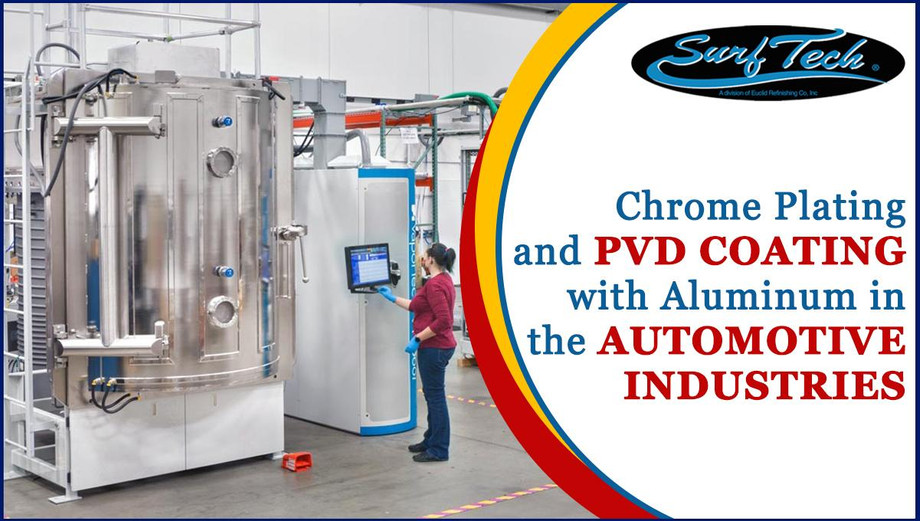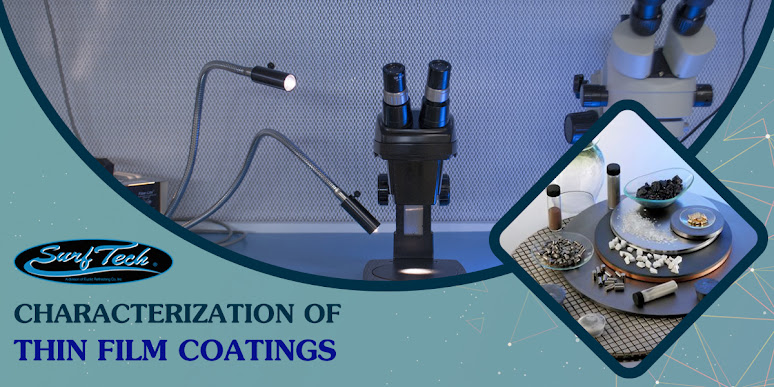Chrome Plating and PVD Coating with Aluminum in the Automotive Industries
Aluminum PVD coatings are produced by coating a surface with a layer of aluminum vapor. The vapor is heated and then transferred to the substrate by a PVD process. The resulting coating is thin or thick, depending on how much power is used. The coating can be applied to virtually any material, including steel, aluminum, and plastic.
Aluminum is an extremely useful metallic material, offering a broad field of applications. In particular, its use in lightweight constructions allows for greater strength and durability. Furthermore, modern PVD processes are capable of depositing wear-resistant films on aluminium surfaces, ensuring their durability. As a result, aluminium is a popular metal amongst many industries.
Aluminum PVD coating is a process that is used to coat semiconductor devices. In order to do this, the silicon wafer is placed in a chamber that is heated to about 450deg F. The aluminum is then deposited with a high deposition rate. Alternatively, the process may be reversed: wafer 1 may be cooled while being transferred to the PVD-aluminum ESC chamber 11.
Several different types of PVD coatings are available. Typical materials are titanium, zirconium, aluminum, copper, nylon, and stainless steel. Although they may have similar appearances, different PVD coatings exhibit different properties. Aluminum is one of the most common PVD coating materials, but other metals are also commonly used.
PVD coatings are an environmentally friendly alternative to chrome plating and can increase the lifespan of a product. In addition, PVD produces no harmful substances. These coatings can improve the lifespan of a product by ten or even twenty-five years. These advantages make PVD an excellent option for automotive wheel finishes.
Also read about, PVD Coating Advantages
After a coating process is complete, the wafer is transported back to the loading station through a handler. This system eliminates the need for an expensive electrostatic chuck. The aluminum-flow process is slow and requires two separate chambers. The final product is a high-quality, durable, and aesthetically pleasing product.
A preferred embodiment of the invention is capable of producing aluminum-filled contact holes in a wafer. It comprises a plurality of vacuum-processing chambers and at least one transfer chamber with a wafer handler. Additionally, it includes a thin titanium nitride layer on the wafer.
Aluminum PVD coatings are often used to improve the appearance of an automotive wheel. In addition to the visual appeal, these coatings are environmentally friendly. A PVD coating can also improve the functionality and durability of a car's parts. One company, Winona PVD Coatings, built a factory exclusively to do PVD work for Ford. The company also produces PVD wheels for the automotive aftermarket.
If you wish to get Aluminum PVD coating service for your Automotive industry items, you should approach “SurfTech INC”, which is one of the best PVD coating service firms in Ohio, United States.
REFERENCE URL: https://bit.ly/3deyY7X




Comments
Post a Comment